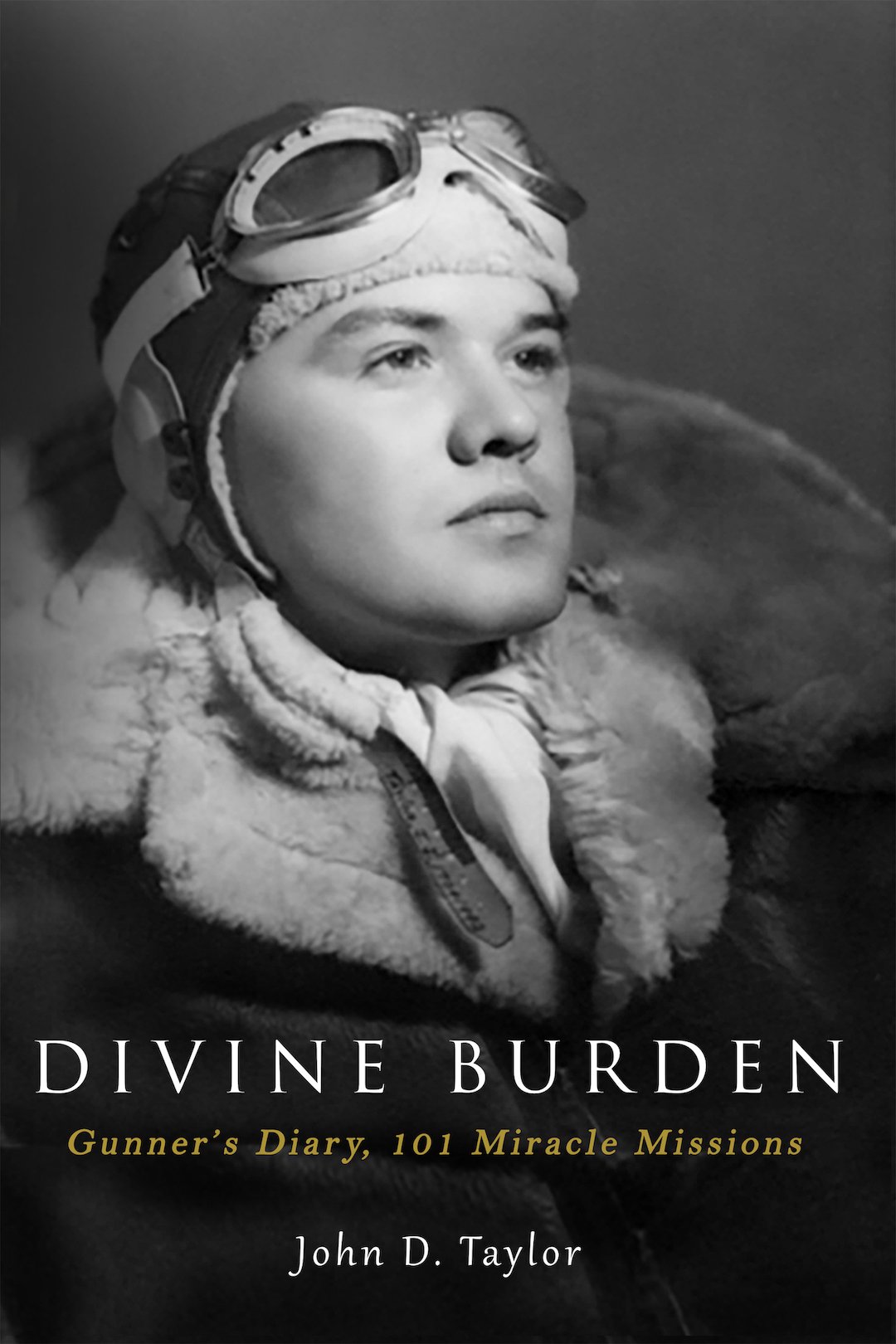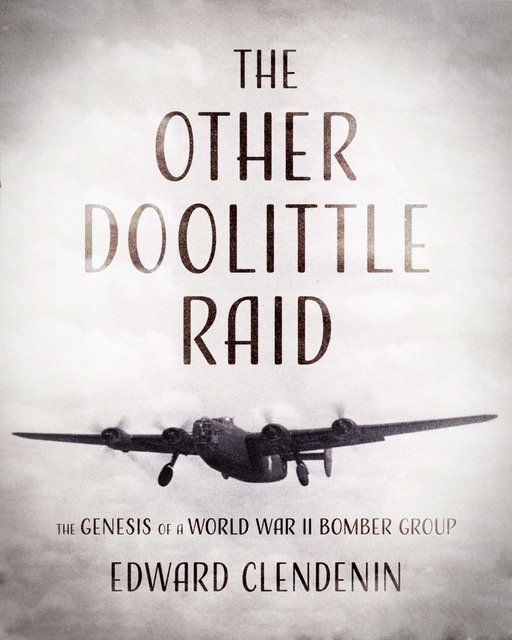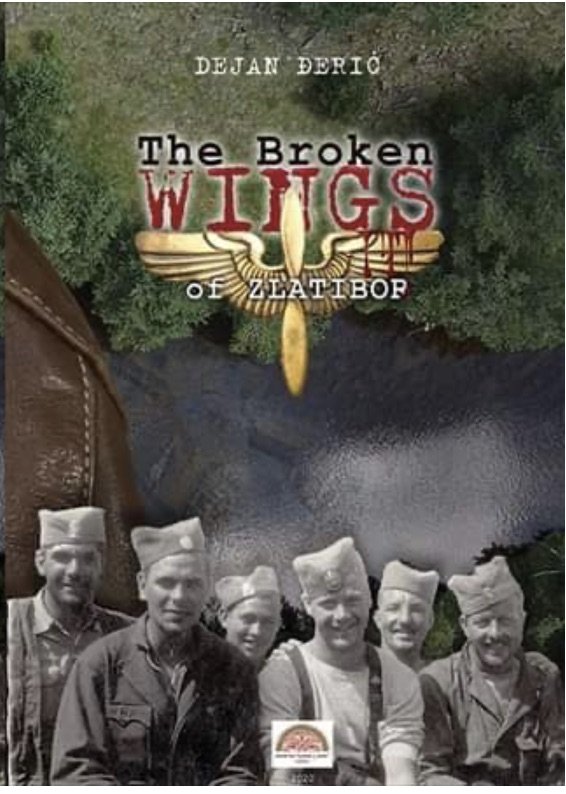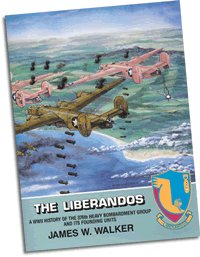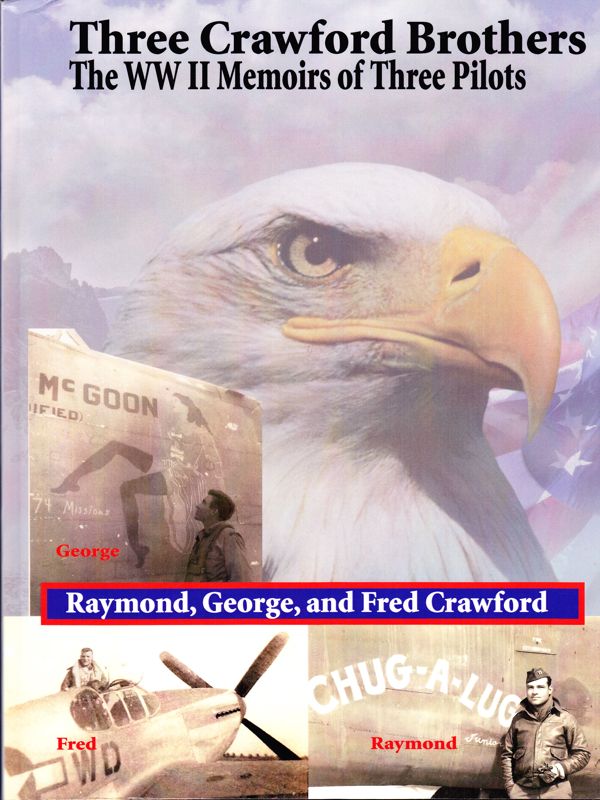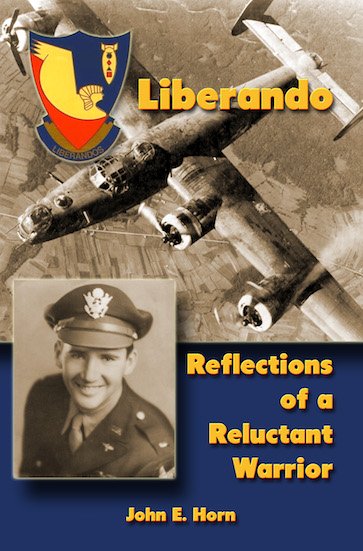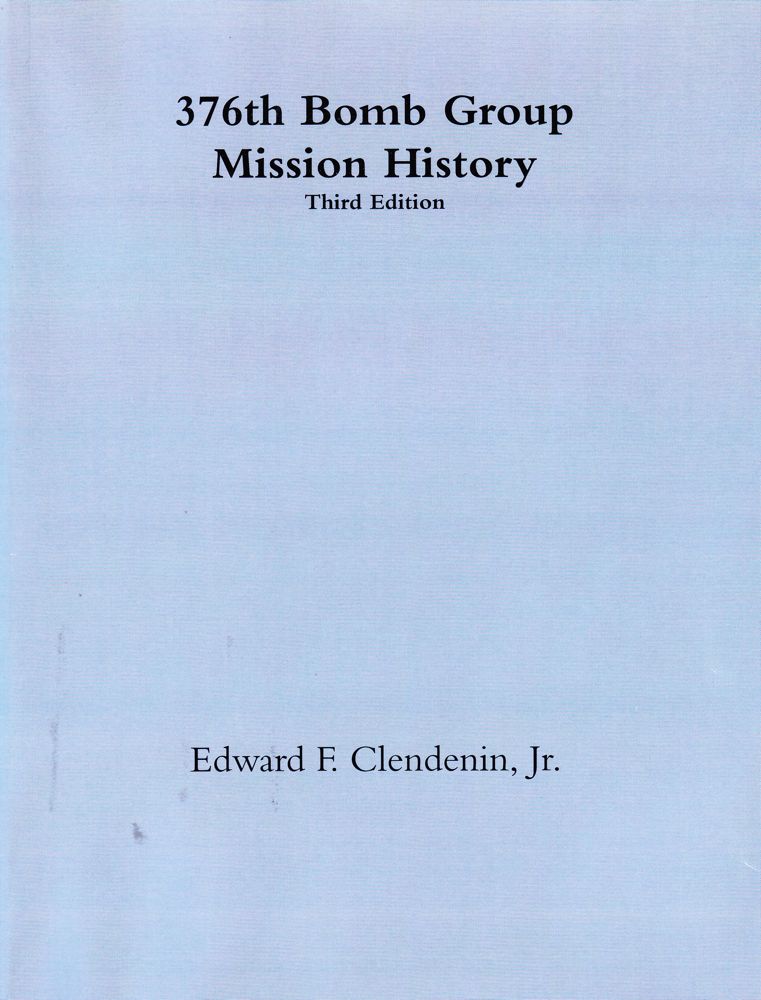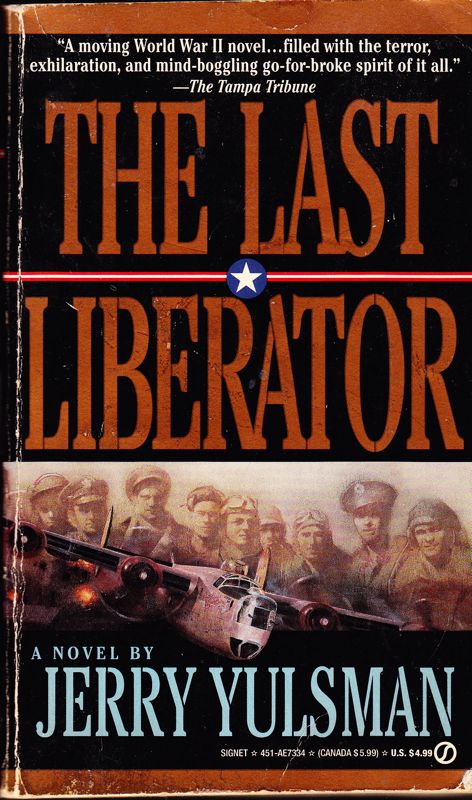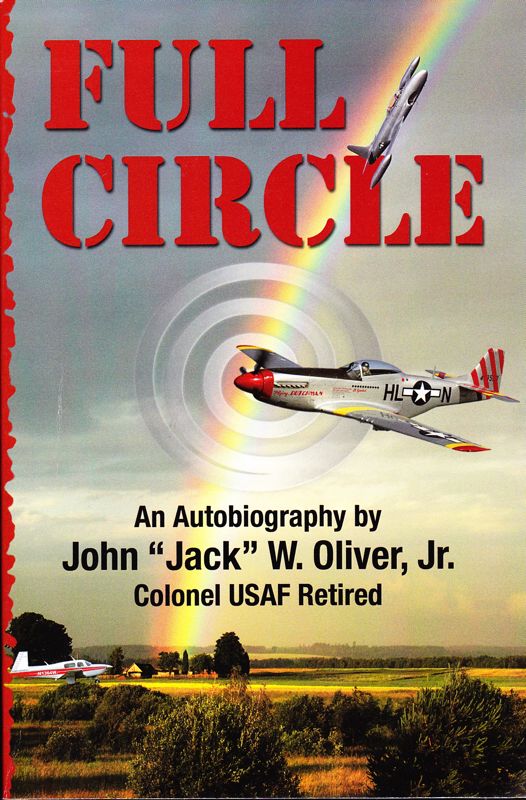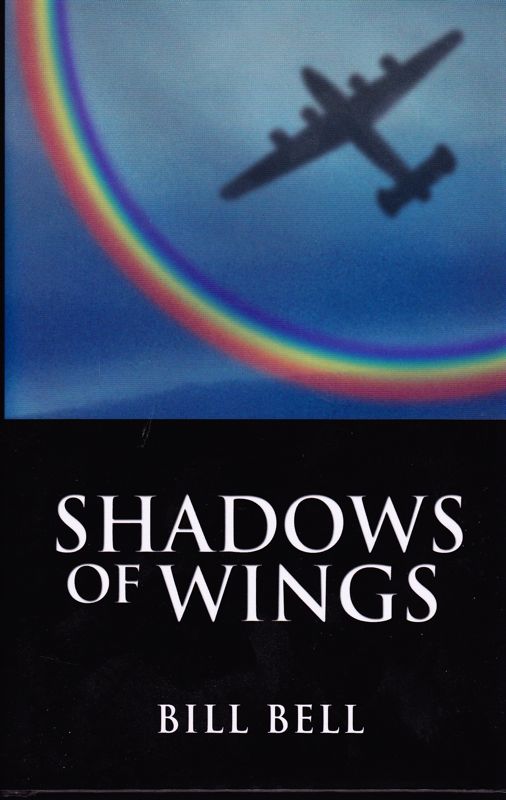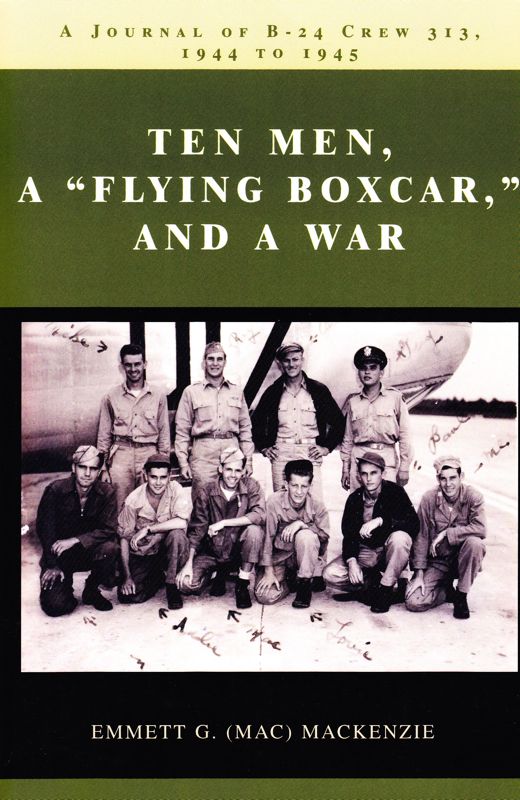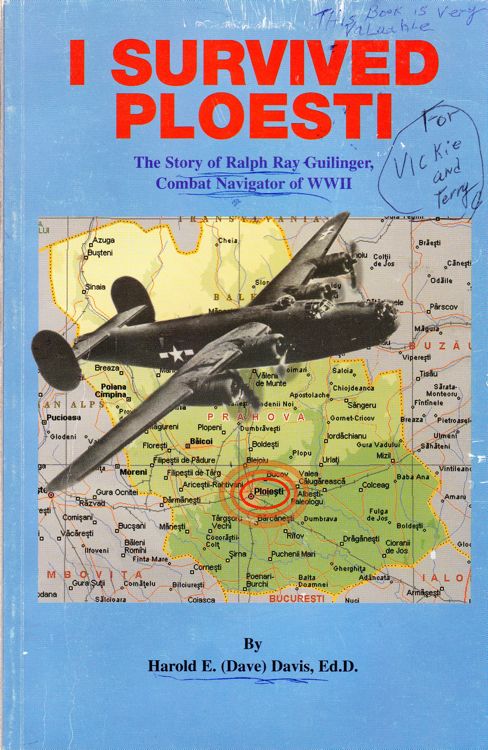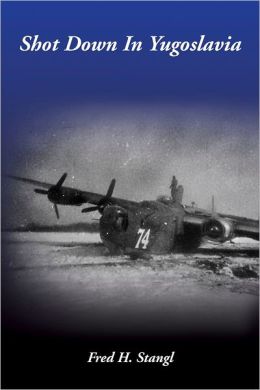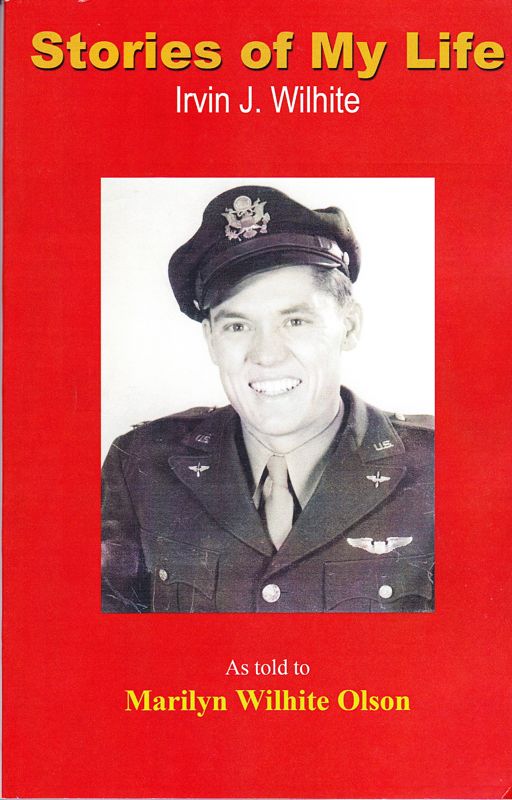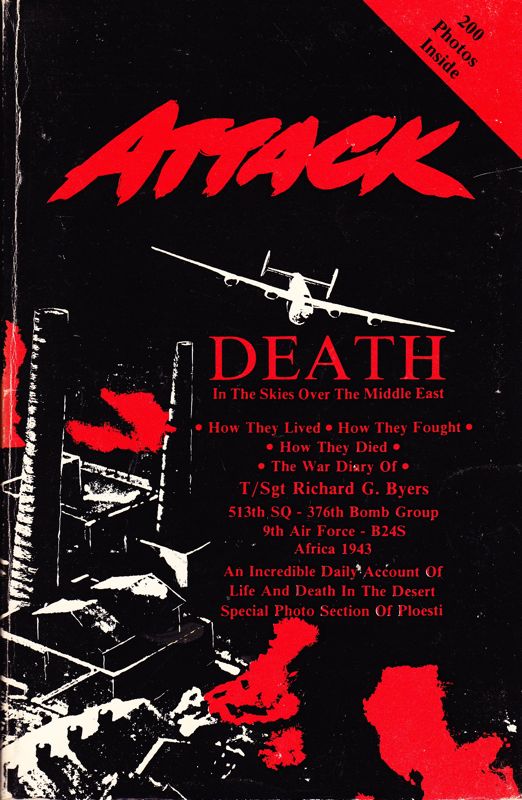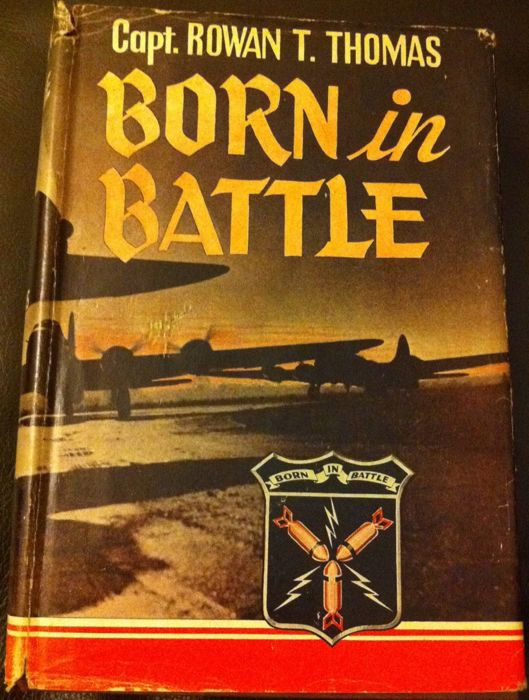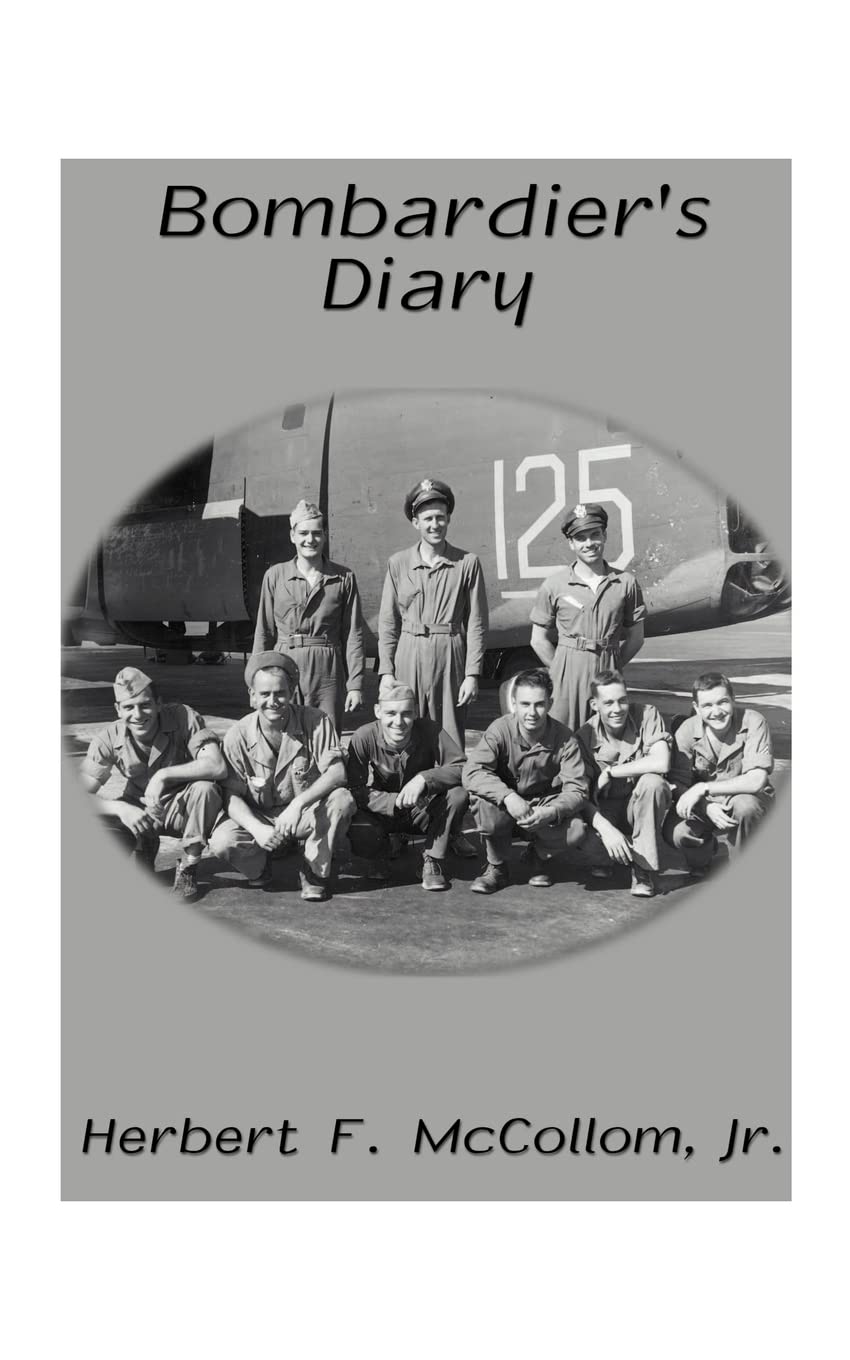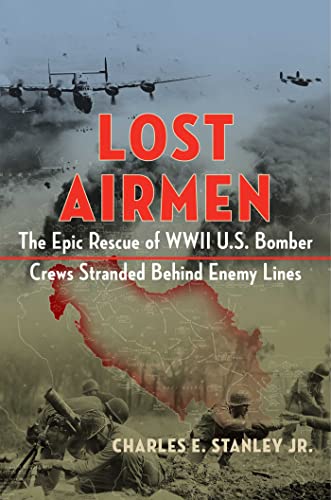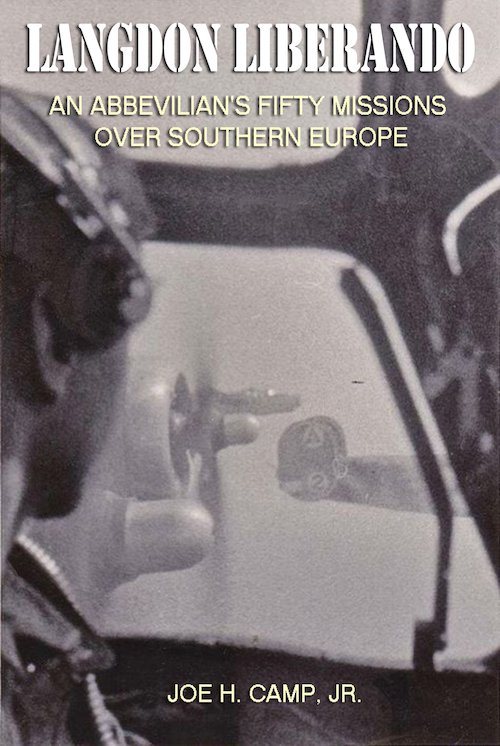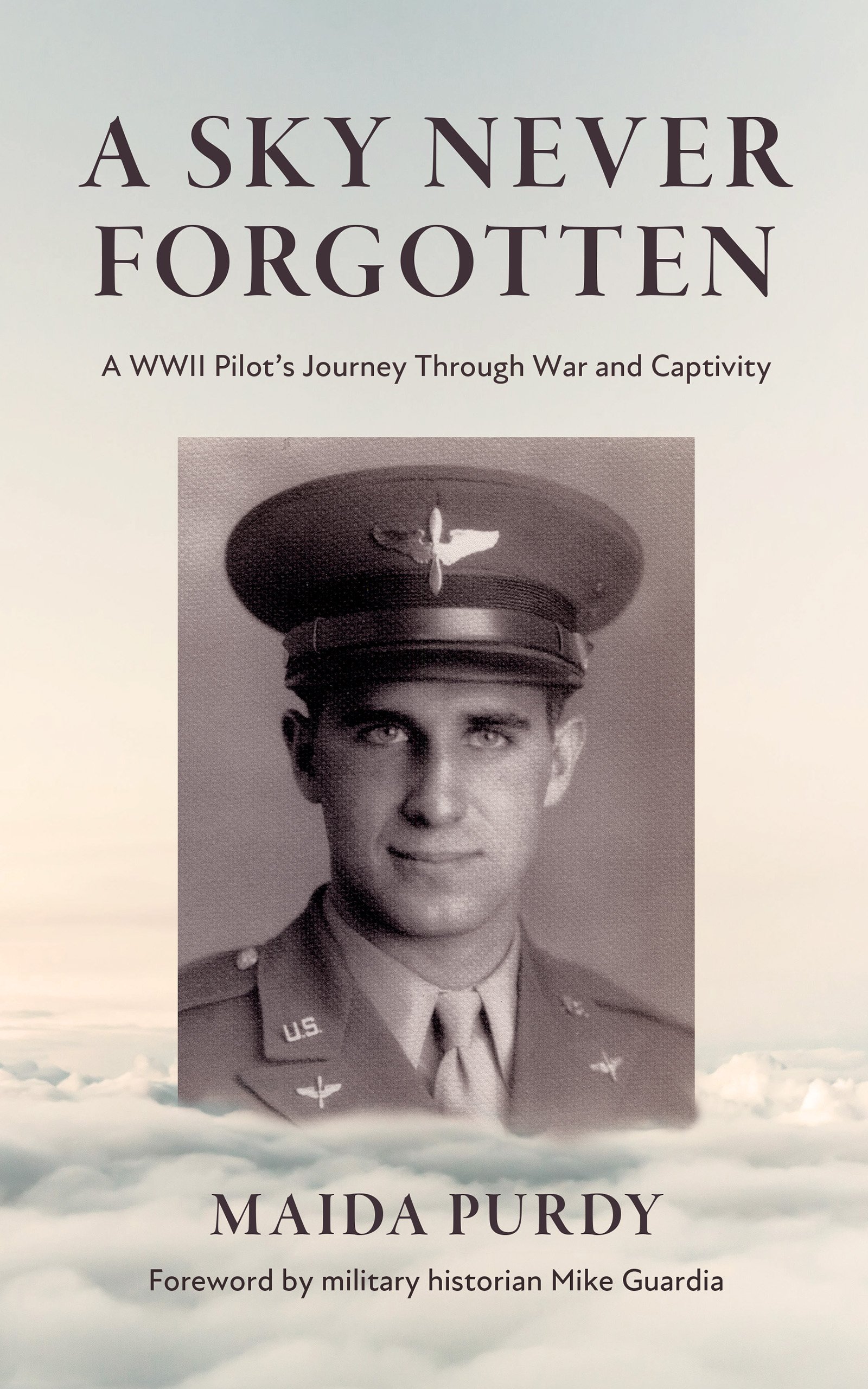Norman C. Appold, Mission February 20, 1943
During the first few months in 1943, the 376th Bomb Group was located at Soluch, Libya, just a few miles south of Benghasi. Missions were regularly scheduled to Naples, Bari, various ports of Sicily, and enemy aerodromes in southern Italy.
About the 22nd of February, 1943, (It was actually the 20th) another bombing mission for the 376th was planned. The target was Naples harbor. My crew and I were part of the formation of approximately 20 B-24's which departed around noon local time for a strike to occur at dusk over Naples. We were at the tail end of the formation. The weather was clear enroute at our altitude of 22,000 feet. However, we were encountering an unpredicted 100 mile per hour headwind, which caused the group to arrive over Sicily one hour behind schedule. Additionally, there was a total overcast below us covering all of Sicily and Italy obscuring identifiable landmarks.
The lead navigator made several changes in direction in an attempt to find a landfall to proceed to the target, but darkness broke up our formation and our precise location was confused. We flew on to locate what we believed to be Naples. Flak came pouring up from the overcast below and we made our bomb run on those gun flashes as did some of the other aircraft. My navigator assumed that we had just dropped on Naples and gave me headings to our Cyrenaica corridor leading to home base. Fuel was becoming marginal.
Unknown to us at the time was the fact that we had bombed Palermo in Sicily and were thus on a track homeward, about 130 miles west of where we intended to be. There was no moon. My navigator's celestial shots fell about 150 miles west of our planned return route, so he reluctantly concluded that he had damaged his sextant. We were now without any means of accurately positioning ourselves. Since we had flown this general route-to and from Naples several times, we decided to remain on our course and make an estimate of our arrival over the coast of Cyrenaica. Unfortunately, due to the earlier errors in timing over the target, the higher winds (now on our tail) and the total darkness, none of us spotted the coastal landfall. There was no radio beacon signal. I descended no lower than 4,000 feet to clear the coastal Byrencican range and continued. I was nearly 150 miles west of where I intended to be, proceeding into the Gulf of Sidra but did not know this.
Lack of good visibility, lower broken cloud cover, and the extremely black surface way below, us made our landfall very uncertain. 1 was unable to distinguish whether there was water or 1and beneath us. So we decided that with approximately one hour of fuel left, we would remain on a southeasterly heading for no more than one ha1f hour before reversing our course and cautiously descending to a lower altitude. After about twenty minutes, 1 turned on my landing lights and left them in the retracted position, pointing downward, and slowly descended trying to identify what was below. The decision point to reverse course was reached, and we headed back north still uncertain what was below us. 1 remained at 3,000 feet and dropped flares. No doubt about it, we were over land, but just where, we knew not. With cloud cover above us and rain showers around us, we had no choice but to continue northward.
With fuel reaching less than 15 minutes duration, I ordered the crew to prepare for bailout or a possible crash landing, depending on what was below. Then the flashing light of El Aghelia was spotted to the northwest. A quick check of the charts told us the ground level was in the neighborhood of 300 to 500 feet. With no more than ten minutes of fuel left, I headed eastward and descended among the rain showers, landing lights on and angling downward. I told the crew that I intended to make a wheels down landing, and if anyone wanted to bail out they could. They all chose to stay. At 600 to 700 feet, I could pick out terrain features, and 1 looked for relatively level ground. In a few seconds more, 1 saw a satisfactory area, made a low 1eve1 360 degree ova1, p1aced the whee1s down, and 1anded. The soi1 proved to be firm and except for a few 1arge boulders which were missed by maneuvering, it was a fairly conventional landing. We had been in the air over eleven hours.
Obviously, all of us were pleased since our airplane was intact, but we were both uncertain and uneasy as to whether we were in friendly territory or in enemy country. We set up pairs of guards for the remainder of the night. Our radio operator transmitted in the blind that we were safely down but gave no position. At dawn, we looked our situation over from the top of the wing. Facing almost due east, we saw what appeared to be the hazy outline of some aircraft on the edge of the horizon, at least eight to ten miles away. Were they Al1ied or German aircraft? Binoculars confirmed them to be Douglas A-20's, possibly belonging to the RAF. We fired up the inboard engines (to conserve fuel) and with a few of our crew leading the way around soft spots, boulders, rocks and wadi's (dried desert creeks), we taxied toward those A-20's.
By the time we were within a couple of miles of this unknown but obviously Allied air strip, we spotted a couple of Jeeps racing toward us with armed men aboard. We stopped our aircraft. They waved their rifles. We waved back. "Blimey," one of them shouted, “It’s a Yank Liberator!" Then cautious but friendly greetings were exchanged. They were British and South African Royal Air Force personnel and had arrived at this air strip only a few days before when it had been abandoned by the Luftwaffe. Because of the proximity of retreating German forces several dozen miles westward, they were initially suspicious believing our taxiing B-24 was some kind of a Teutonic “Trojan Horse". They contacted our base by radio and confirmed our identity. After being given a Spartan breakfast and 300 gallons of very precious gas (which we promised to bring back a like amount), we took off and arrived back at home base scarcely an hour later ready for the next mission.
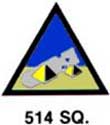
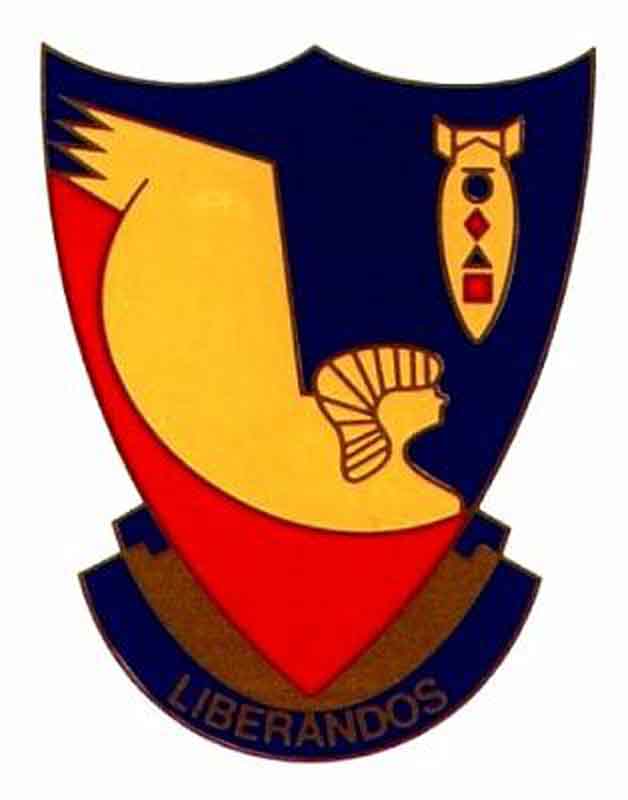
The website 376bg.org is NOT our site nor is it our endowment fund.
At the 2017 reunion, the board approved the donation of our archives to the Briscoe Center for American History, located on the University of Texas - Austin campus.
Also, the board approved a $5,000 donation to add to Ed Clendenin's $20,000 donation in the memory of his father. Together, these funds begin an endowment for the preservation of the 376 archives.
Donate directly to the 376 Endowment
To read about other endowment donation options, click here.
Reunion
NOTE change in the schedule !!
DATES: Sep 25-28, 2025
CITY:Rapid City, SD
HOTEL: Best Western Ramkota Conference Hotel; 2111 North LaCrosse St., Rapid City, SD 57702; 605-343-8500
Click here to read about the reunion details.
